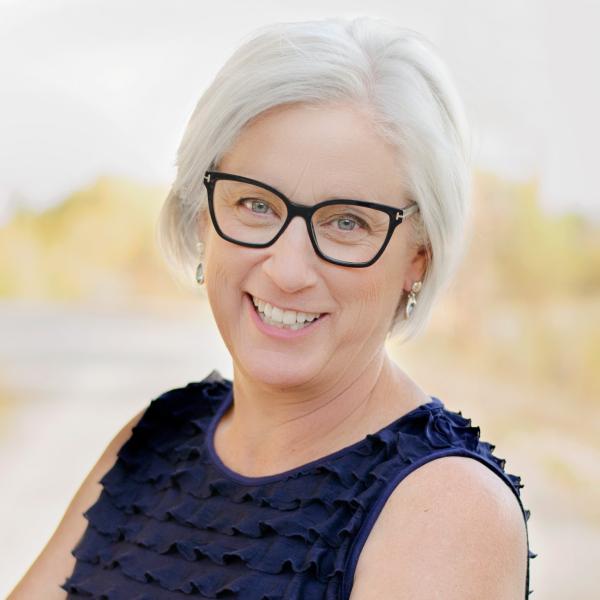A promising tool for meeting primary care needs
The advent of health reform, and the 500,000 Coloradans who will be newly insured, are leading many in the state to ask the next obvious questions: Where are these newly insured people going to seek medical care? And, just as important, who will meet this increased demand?
With safety net clinic wait lists at an all-time high and fewer clinicians willing to take new Medicaid (or Medicare) patients, we can safely assume that newly insured patients will seek care everywhere: from community-funded clinics to community health centers to private practices and emergency rooms.
The current body of research strongly suggests that new demand for primary care clinicians will be significant. Oregon, in an experiment recently reported by the National Bureau of Economic Research, experienced a 55 percent increase in outpatient visits among its newly insured Medicaid population. We need to prepare for a similar onslaught of demand here in Colorado.
When states look to solve the primary care workforce puzzle, they often turn to the “scope of practice” debate. This debate focuses on “who” (which clinicians) can provide “what” (needed services) to patients seeking primary care. Nurse practitioners have gained the opportunity in Colorado to diagnose, treat and prescribe. Current issues surrounding their primary care practices are in the financial and insurance market arenas.
But we must ask, what’s new? And what’s next in the scope of practice debate?
CHI is tackling this idea in a new research project.
First, we have recently completed the most comprehensive survey of advanced practice nurses (APNs) and physician assistants conducted in the state. Combined with earlier survey work of primary care physicians, we now know more about our current primary care workforce than ever before. We have a good sense of who is practicing primary care, where, why and for how long. Understanding our current workforce will allow us to plan for change in a meaningful manner.
Second, we have studied recent legislative activity on scopes of practice issues. Our analysis suggests that APNs will continue to advocate for “top-of-license” practice permissions in the academic, regulatory, legislative and financial arenas.
But what’s new is twofold. We see promising initiatives with community health workers, patient navigators and others who can support our primary care efforts (watch for our blog post on using paramedics as primary care providers). We also see a growing role and capacity for technological solutions in telehealth and telemedicine that also may alleviate the emerging primary care burden.
Our upcoming publication, Scopes of Practice: Preparing for Transformation, due for release in late October, summarizes our new thinking on an old issue. By reviewing the current primary care workforce, identifying promising changes and evaluating the role of expanded technology, we can further the discussion on meeting new and unmet primary care need.

